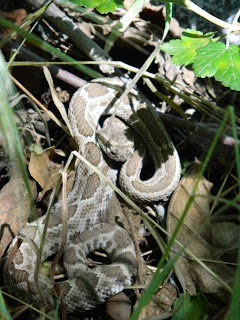 In its most simle, layman's terms definition, the Boltzmann Constant states that over a period of time any system will eventually break down due to entropy. Boltzmann believed(and proved) that any system, no matter what the context was, would eventually succumb to entropy and chaos given enough time. Because I am not a math/science person and have little to no knowledge of the thermodynamics and other empirically objective systems Boltzmann was originally talking about, but instead apply the constant to something more relatable: television.
In its most simle, layman's terms definition, the Boltzmann Constant states that over a period of time any system will eventually break down due to entropy. Boltzmann believed(and proved) that any system, no matter what the context was, would eventually succumb to entropy and chaos given enough time. Because I am not a math/science person and have little to no knowledge of the thermodynamics and other empirically objective systems Boltzmann was originally talking about, but instead apply the constant to something more relatable: television.Whether it be casting changes, network budget cuts, a change in scriptwriters, or simply running out of ideas,
television shows that are on long enough will eventually get worse, no matter how good or long their "golden years" were. Shows will often turn to gimmicks to keep the writing fresh, as was the case with "Cousin Oliver" in The Brady Bunch, or the phrase-coining jumping-of-the-shark in Happy Day's twilight season.
Perhaps the most famous and documented example in scripted television available to us is Matt Groening's The Simpsons. First broadcast in 1989, the rise and fall of The Simpsons proves to be a textbook example of Boltzman's constant.
Other shows simply crash and burn as they struggle to keep viewer engaged and stretch their believability and relatability further and further. For example, the penultimate season of My Name is Earl was revealed to all be a dream, a trope surprisingly common in television(here's looking at you, Dallas)

Is there a way to truly escape the Boltzmann Constant? The phrase "if you love something, let it go" comes to mind. Critically-lauded but underwatched shows(read: Firefly) seem to live on as martyrs, gaining notoriety and respect with each passing year, despite being virtually unknown in their televised run. However, this isn't a bad thing: bringing back brilliant shows cancelled at the top of their game simply means the entropy described in the Boltzmann constant is resumed. Ask any Arrested Development or Futurama fan how the post-cancellation revival episodes compare to the original ones. Joss Whedon isn't a flawless director, he simply quits(or is cancelled) while he's ahead.

Is there a way to truly escape the Boltzmann Constant? The phrase "if you love something, let it go" comes to mind. Critically-lauded but underwatched shows(read: Firefly) seem to live on as martyrs, gaining notoriety and respect with each passing year, despite being virtually unknown in their televised run. However, this isn't a bad thing: bringing back brilliant shows cancelled at the top of their game simply means the entropy described in the Boltzmann constant is resumed. Ask any Arrested Development or Futurama fan how the post-cancellation revival episodes compare to the original ones. Joss Whedon isn't a flawless director, he simply quits(or is cancelled) while he's ahead.
















